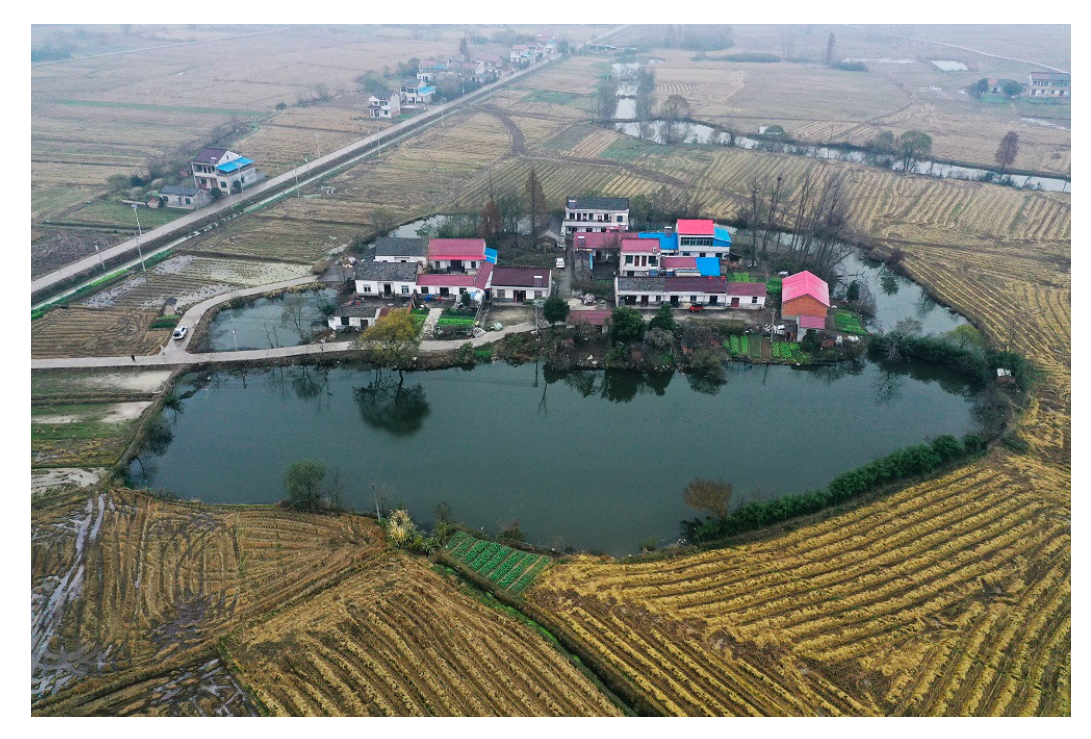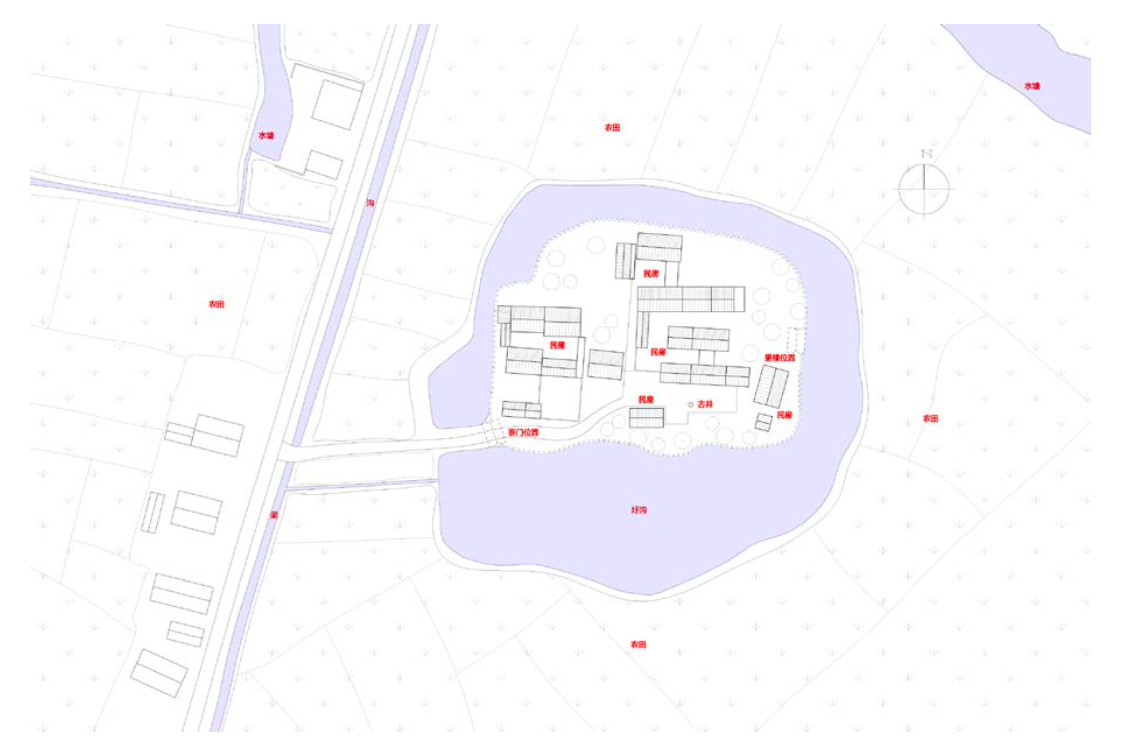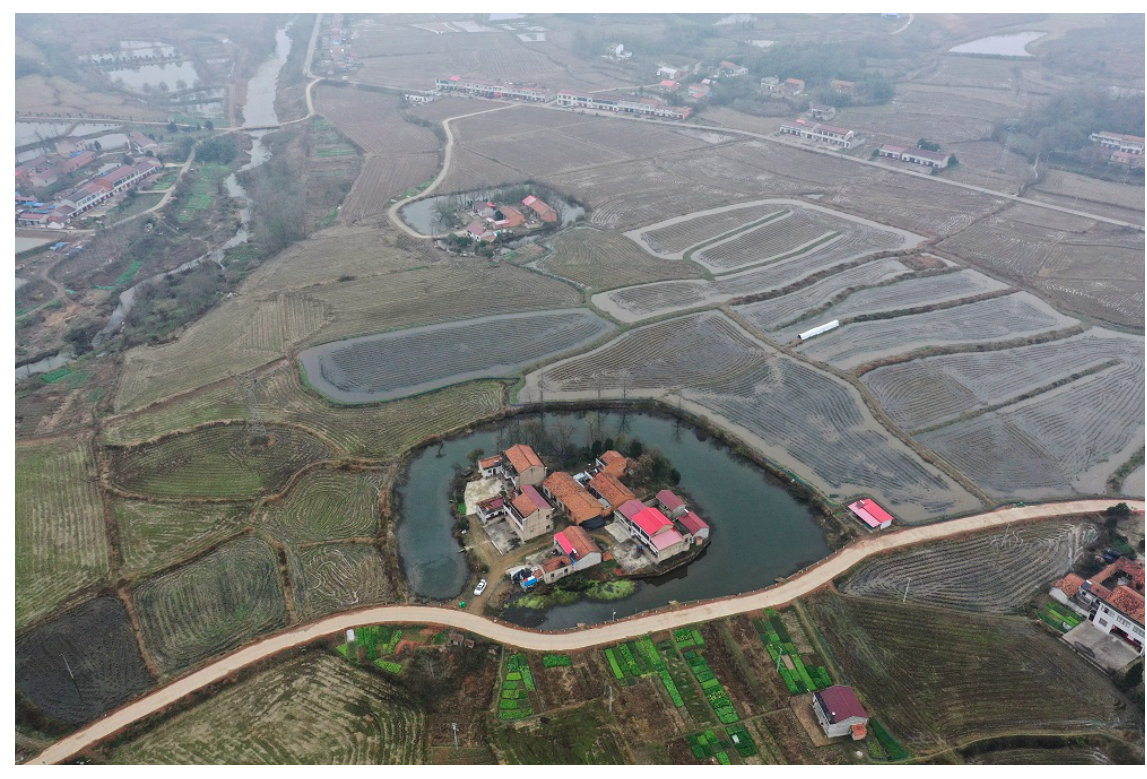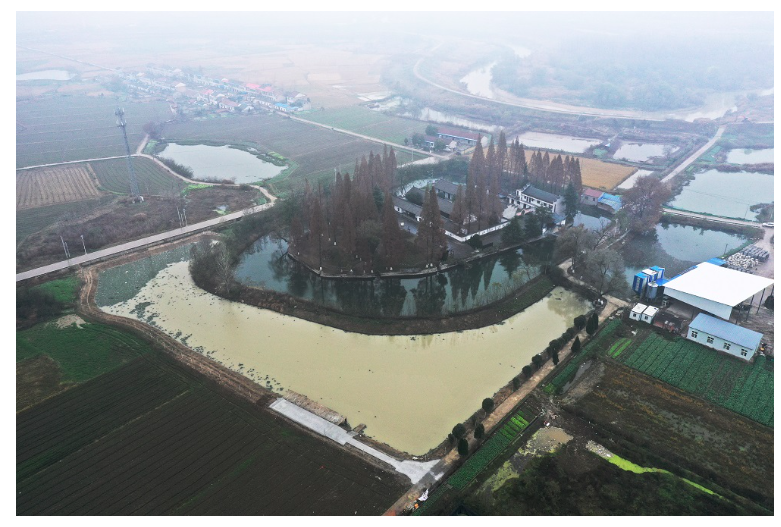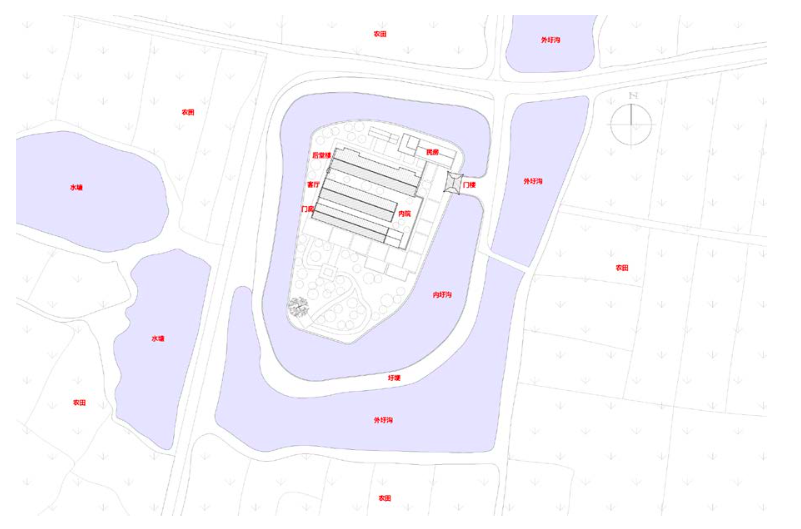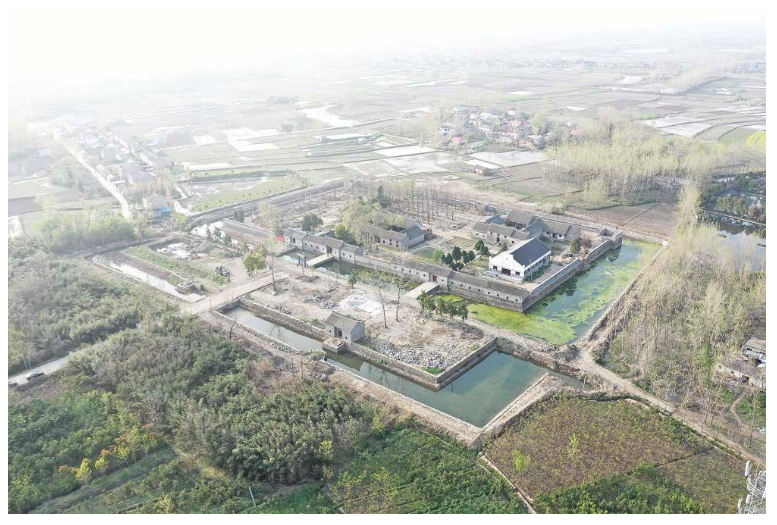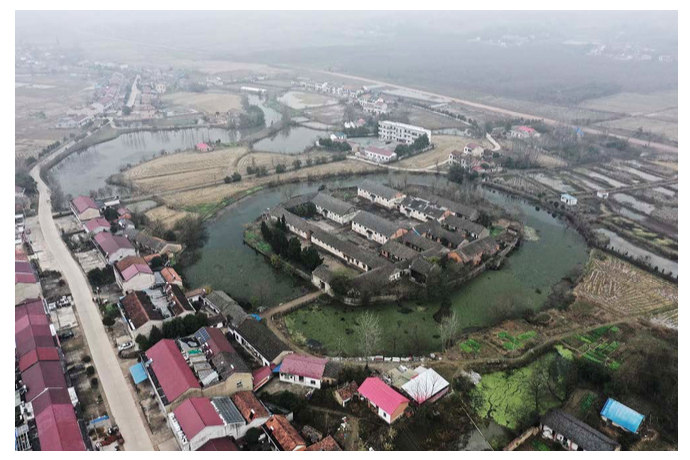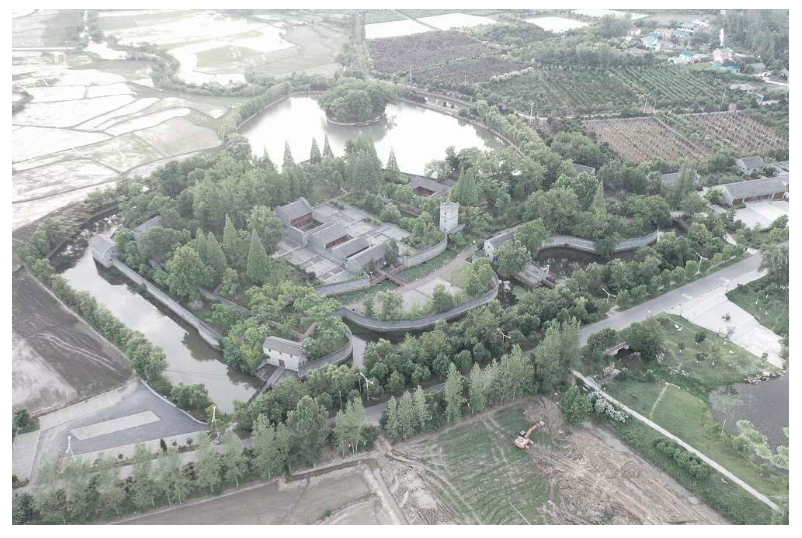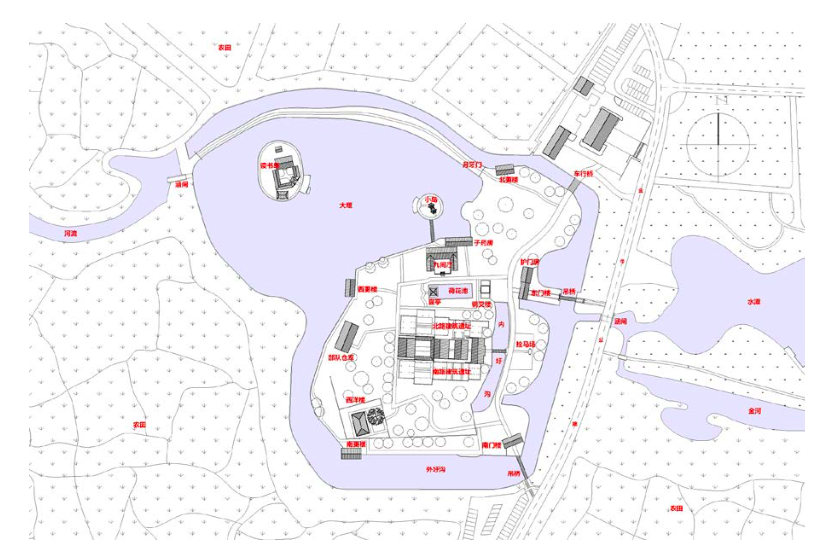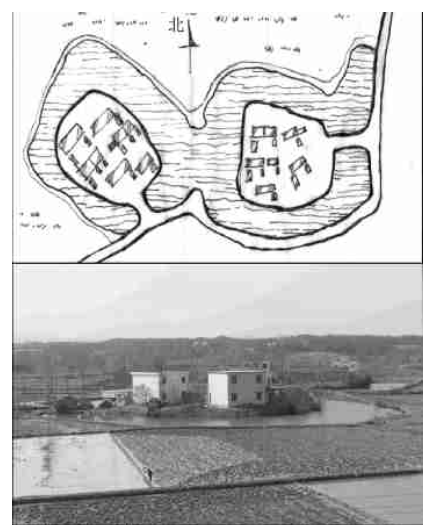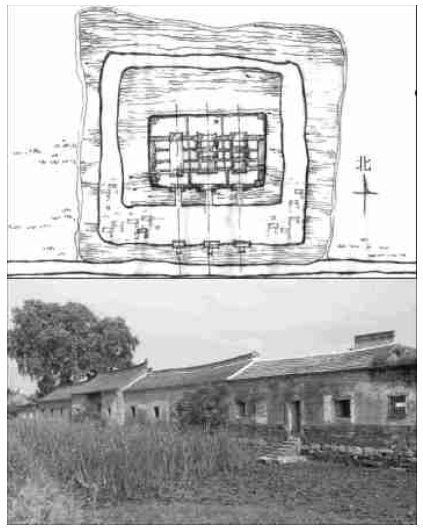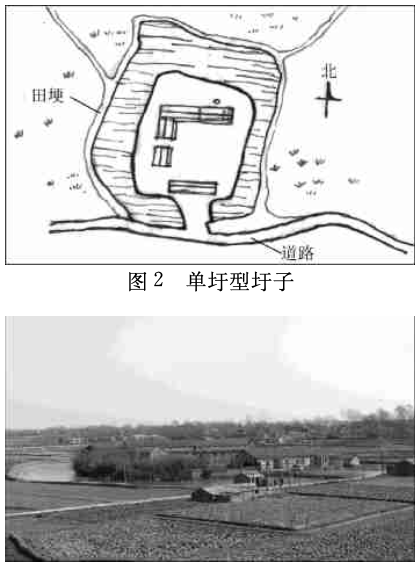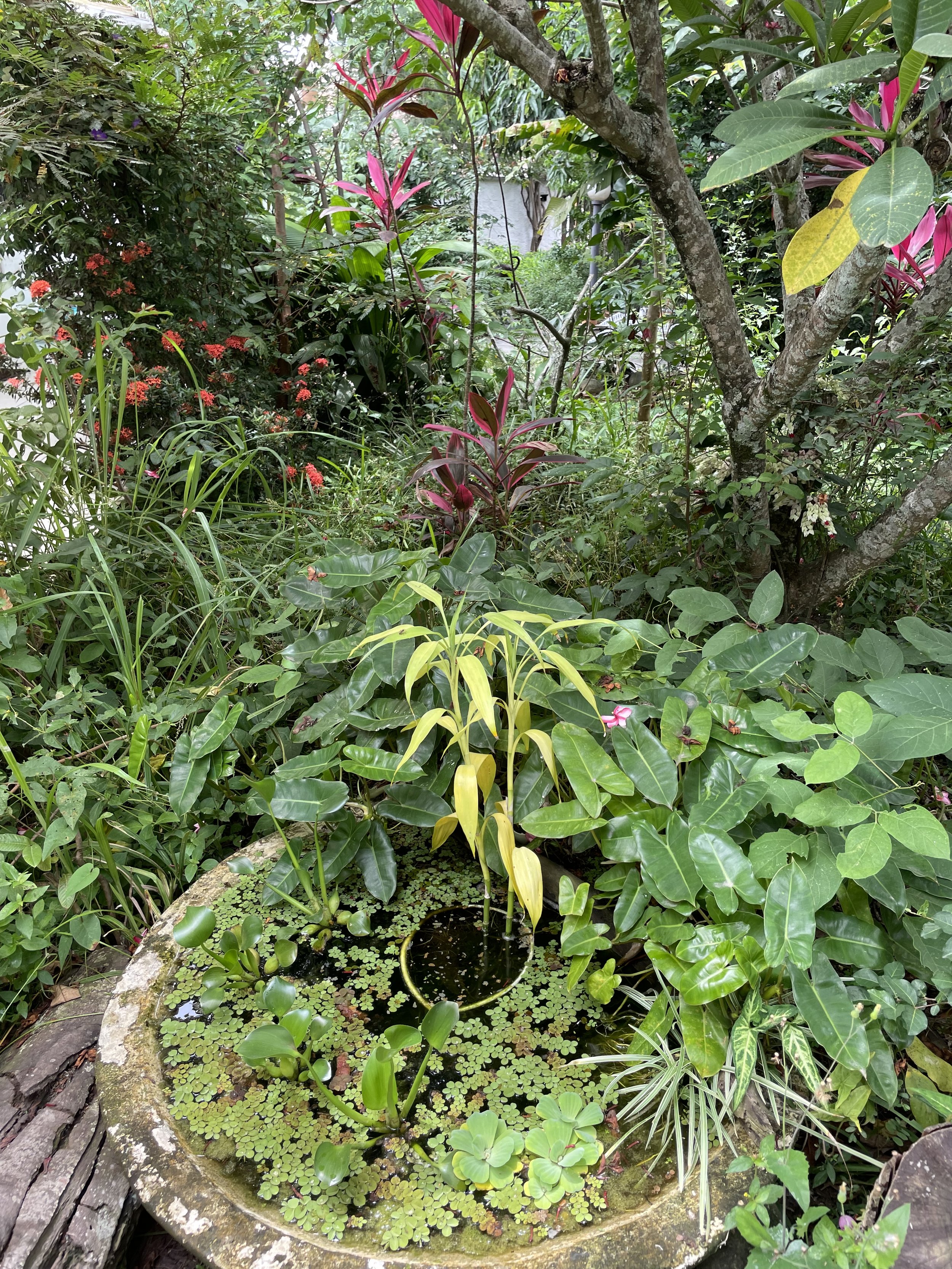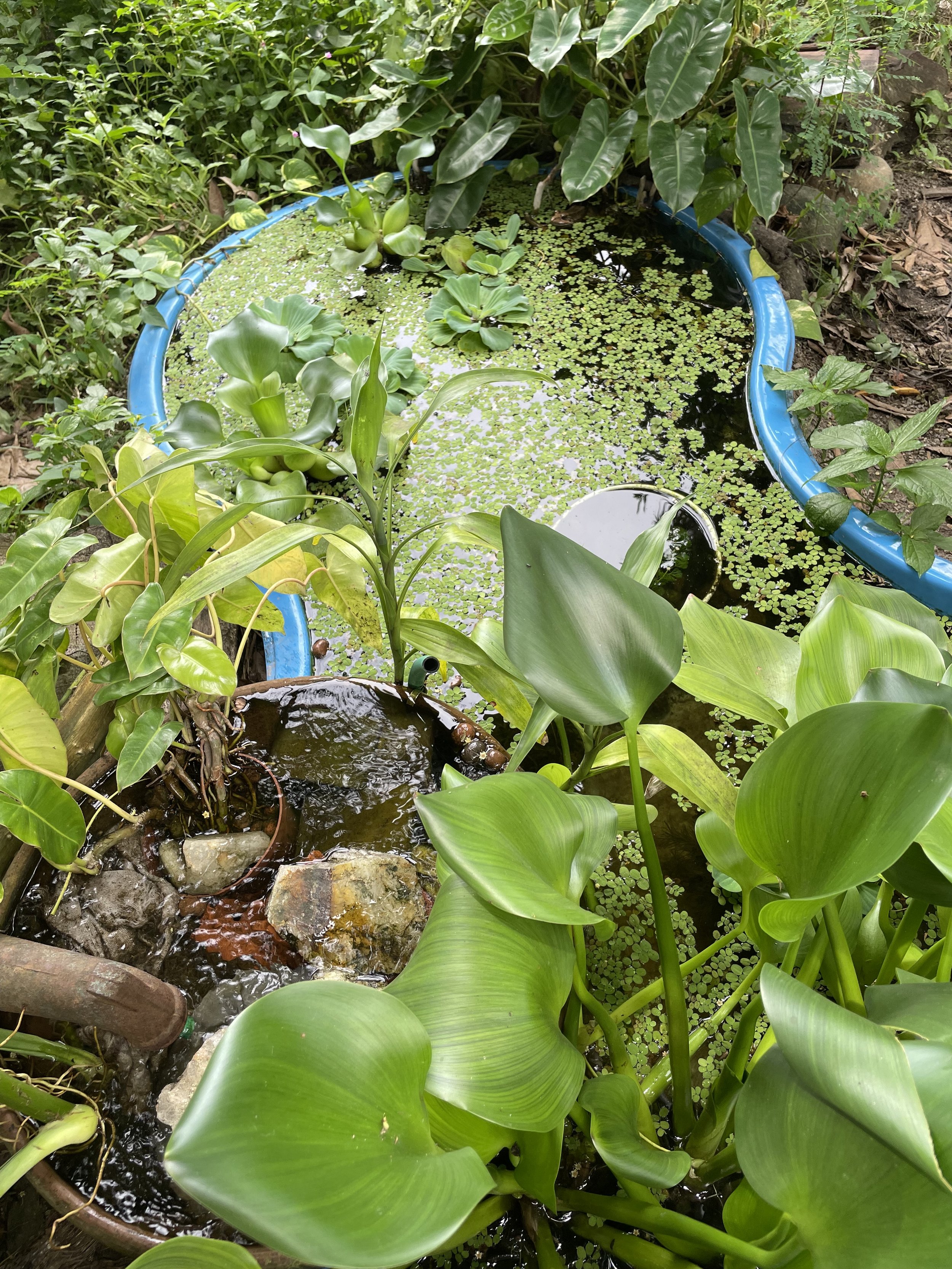Can mini ponds influence microclimates in the city?
During the isolation of the pandemic, I had more time to observe my garden, its movements, growths and beings. This led me to start an experiment with developing mini ponds without pumps or filters to accommodate frogs, dragonflies, etc. In the process, I not only learned a lot about the lives and behaviors of different beings, but also about the existence of different living beings, including plants, and their functions for a balanced ecosystem.
The city, today, is not a balanced ecosystem. Just as our knowledge about the animals and plants around us, or which are no longer around us because of urban imbalance, is insufficient. Can mini ponds not only remedy our lack of knowledge by exposing us to certain aspects of nature in an accessible and daily way, but can they also influence the urban habitat to mitigate the greenhouse effect and the damage caused by global warming?
Cities and Weizi Settlements
A recent study, from July 2022, called 'Impacts of Water Bodies on Microclimates and External Thermal Comfort' describes how small artificial ponds relate to sustainable environmental revitalization in a human settlement. Using as reference a Chinese village of Weizi tradition (or Wei zi) called Xufan, an analysis is made on the influence that urban characteristics, such as asphalt and tall buildings, have on microclimates, in contrast with the characteristics of human habitats that use aquatic resources.
A Weizi village "is a typical model of traditional Chinese human settlement that combines human habitat with farmland and water conservancy." It adapts, transforms, and utilizes an aquatic environment through the intersection of climatic conditions, local natural resources, rural culture and Fengshui — where ancestral and environmental science merge. Xufan, in the Guanweizi village, in the municipality of Guangshan in Henan (China), was listed as one of these traditional settlements in 2017. There, it was possible to analyze how water bodies affect the temperature and humidity of the environment, and influence human coexistence and production.
The study reveals that bodies of water absorb heat during the day and release heat at night, maintaining the stability of their microclimates. They also affect humidity, which through winds and breezes connects with microclimates of other bodies of water in certain radiuses of distance. This densifies the region's vegetation, regulates the climate and sustains local agriculture.
These effects are interrupted when approaching the urban center. In cities, buildings shield wind and breezes, interrupting the flow of humidity between different bodies of water and its cooling effect on the local temperature. It may be instinctive to understand asphalt and car engines as things that heat up an environment, and buildings that in turn shield the microclimate created in their streets. The main function of asphalt is waterproofing, and the engine operates on the basis of small explosions burning fuel. The rising of temperature and decreasing of humidity are microclimates in themselves — urban ones.
Images from: “Research on the Forms and Changes of Jianghuai Shuiwei Settlements — Take the Western Jianghuai Area as an Example“
What are Microclimates?
Water not only satisfies needs of agroecosystems, but also regulates thermal comfort, which is a specific effect of microclimates. The PET (Physiological Equivalent Temperature) “is an index based on the thermal balance of the body”, and represents the thermal comfort or discomfort in urban or non-urban microclimates. As such, microclimates are nothing more than the atmospheric conditions of a certain environment, resulting from certain elements of that environment. Vegetation, bodies of water, asphalt and buildings are examples of geomorphological elements that influence microclimates.
The urban microclimate is sometimes referred to as a “heat island” as a result of what I would call exogenic relief agents. City infrastructures are, in a way, exogenic geomorphological elements that significantly alter the Earth's surface, among other things. With the undeniable damage that the industrial revolution caused to the planet and to the levels of pollution in urban centers from the mid-19th century onwards, many damage mitigation strategies were developed, with perhaps mediocre results.
Combating urban pollution
The coal industry, which has been responsible for much of the industrial pollution since the mid-19th century and also for decreasing human life expectancy, is in decline in the US, as are deaths associated with coal mining. On the other hand, in China, coal production is on the rise.
Another strategy to combat pollution in cities has been to make cars more efficient. Electronic injection, for example, is effective in reducing pollution by mixing air and fuel more economically than manual regulation. The catalytic converter neutralizes the harmful gases that enter the atmosphere as they leave through the exhaust system, with effect on up to 98% of them. The Driver Training Manual (Brazilian Edition 2022) states that Brazil “started to produce one of the best fuels in the world from an environmental point of view”. By adding ethanol to gasoline, emissions of carbon monoxide (CO) and other harmful gases are reduced. It is said that, compared to 1986, the average CO emissions per vehicle today is half a percent of what they used to be (from 54g/km to 0.3g/km).
That all sounds good, but on closer inspection, one-off issues seem to be partially resolved while others come up simultaneously. CO is just one of the harmful gases emitted by cars, many of which have not declined on such a scale. The numbers differ depending on the source because they vary with the car's year of manufacture, region and regulations. Regulations are not properly enforced. And even if the laws were imposed and followed, the adaptation of the legislation aims to protect the environment when it is also in the interest of the “development of the automobile industry” (Art. 2: I—Vetoed). So, to say that pollution in cities has improved compared to 100 years ago through technology is not saying much.
A holistic view of how to deal with the environmental harmfulness of urbanization would overcome the limitations of national laws and the car industry, as the ozone layer and the greenhouse effect do not operate according to financial and legal logics. The financial and legal logics, in fact, operate according to the population's set of beliefs, even if they are often manufactured by the financial and legal sectors themselves. Do city dwellers want to live in places like São Paulo, where traffic and money never stop pulsing?
Images from: “Vernacular Ecological Architecture — Weizi Folk Houses in the Southeast Henan“
Is the heat island inescapable?
The city's microclimates alienate animals and plants. But with a reconfiguration of belief systems about what city life can or should be, creating urban microclimates that invite animals and plants to thrive is feasible. Green terraces reduce the effects of urban heat islands, and vegetation is concentrated around water bodies naturally. Therefore, bodies of water can and should be introduced in urban gardens, community gardens and terraces where there is already vested interest in landscaping.
To take advantage of the cooling effect of plants and ponds in urban contexts, a self-sufficient structure that minimizes the use of resources such as public water and electricity is not only affordable and accessible, but also ancient. As Weizi villages are described, “the water-adaptive space presents ancestors’ wisdom to adapt to and moderately transform the water environment and utilize water resources in a low-technology, low-cost, low-maintenance, and sustainable way.” Wei, in addition to having been an illustrious territory in ancient China, also means housing that uses water trenches to satisfy a variety of community needs such as irrigation, drainage, washing, thermal comfort and protection. Buildings facilitate the passage of breezes, trenches serve as defense walls, water and animals nourish the agriculture and, as such, vernacular architecture and urbanism express valuable ancestral and scientific knowledge.
In the modern urban context, adapting to water can mean collecting rainwater, which in turn encourages awareness of rainfall frequency and air quality (which influences rainwater quality), as well as minimizes the use of city water supply. The increase in humidity of microclimates, with the presence of a breeze between each body of water, can help regulate the frequency of rainfall (since we know that humidity and rain are mutually favorable). To control mosquito proliferation, small fish can be introduced into the water body. A well-planted pond, with an adequate amount and type of fish, does not need a pump or filter. A partial water change is sufficient, and the nutrient-rich pond water can be used for watering plants.
Animals such as lizards, beetles, dragonflies, ants, and birds contribute to the maintenance of these natural elements and minimize the need for human maintenance. By inviting these beings, we observe and understand them better. Part of understanding them better means understanding that the prosperity of these beings means our prosperity, the human future. Knowledge about nature teaches us to appreciate, respect and, in turn, protect. And it teaches us about urban microclimatic contexts, whose affronts to human existence we often fail to identify, denounce, and modify.
The researchers of the article 'Impacts of Water Bodies' state that the impact of different formats of water bodies will be the focus of their next research. This indicates a lack of data regarding the diversity of possibilities to mitigate the negative impacts of “man-made underlying surfaces” using bodies of water. Therefore, there is still much to be explored.
The execution of this proposal presents a sharp learning curve and adaptation of the population's sets of beliefs, apart from a reconfiguration of what private or individual spaces mean in the context of the relationship between urban microclimates and the future of the planet. Gradually, awareness of how each individual deals with their private space, and acts in relation to nature in cohesion, has the power to reconfigure the status quo of urbanization. Who knows, the micro in a cascading effect becomes macro, and the heat island is little by little re-signified by oases.
Mirna Wabi-Sabi
Mirna is a Brazilian writer, site editor at Gods and Radicals and founder of Plataforma9. She is the author of the book Anarcho-transcreation and producer of several other titles under the P9 press.


